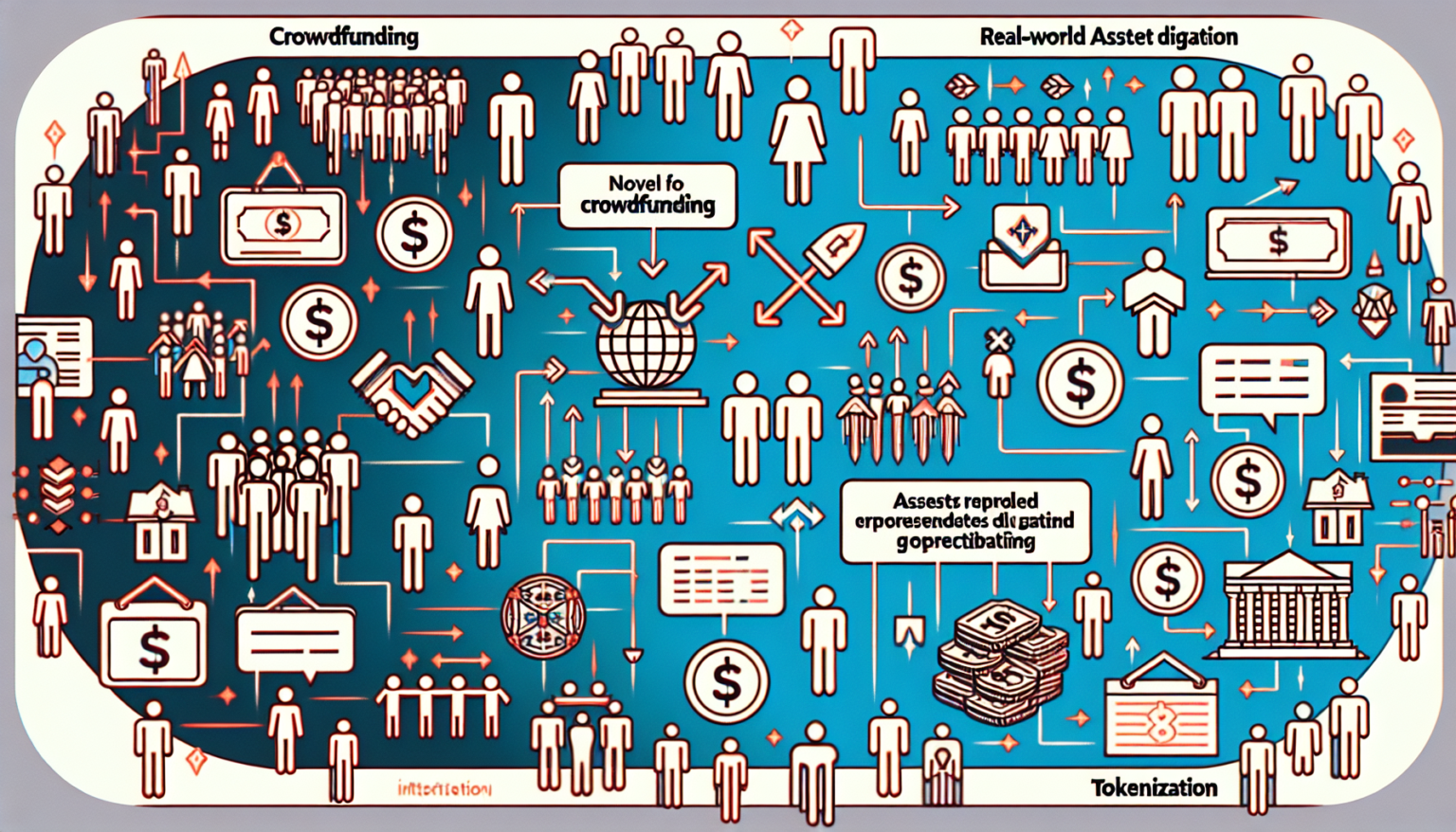The Rise of Crowdfunding in the Digital Age
A Brief Overview of Crowdfunding
Crowdfunding has gained immense popularity over the last decade, fundamentally changing how projects and businesses get funded. Instead of relying on traditional financing methods, individuals and startups can now turn to the masses to secure the capital they need. Platforms like Kickstarter, Indiegogo, and GoFundMe have enabled creators to present their ideas directly to potential backers, who can pledge small amounts of money in exchange for rewards or equity.
The Evolution of Crowdfunding Models
Initially, crowdfunding was predominantly donation-based, where supporters contributed funds with no expectation of financial return. As the trend evolved, equity crowdfunding emerged, allowing investors to acquire shares in startups. This transition marked a significant shift in the funding landscape, empowering everyday investors to play a role in the success of emerging businesses.
The Appeal of Crowdfunding
The charm of crowdfunding lies in its inclusivity. It democratizes investment opportunities, allowing individuals from various socio-economic backgrounds to engage in funding projects they believe in. Additionally, crowdfunding serves as a validation tool—when a project garners significant support, it indicates a genuine market demand. This feedback loop can be invaluable for creators looking to adjust their offerings or pivot their business models.
<h2Real-World Asset Tokenization Explained
What is Real-World Asset Tokenization?
Real-world asset tokenization refers to the process of converting physical assets into digital tokens on a blockchain. This innovative approach enables assets like real estate, art, or commodities to be fractionally owned and easily traded. By representing tangible assets as tokens, individuals can buy, sell, or hold stakes in assets that would otherwise be out of reach.
The Mechanics of Tokenization
Tokenization typically involves creating a digital representation of an asset that can be divided into smaller units. For instance, a piece of real estate valued at one million dollars can be tokenized into 1,000 tokens, each representing a one-thousandth share. This fractional ownership allows more people to invest in high-value assets, breaking down barriers created by traditional ownership models.
The Benefits of Tokenization
Tokenization brings several advantages. Firstly, it increases liquidity in asset markets that are often considered illiquid. Secondly, by utilizing blockchain technology, tokenization enhances transparency and security, reducing the risks of fraud or mismanagement. Additionally, it opens up opportunities for a global investor pool, as anyone with internet access can purchase tokens.
The Intersection of Crowdfunding and Tokenization
Bridging the Gap with Tokenized Crowdfunding
Combining crowdfunding with tokenization creates a dynamic new funding model known as tokenized crowdfunding. This approach leverages the strengths of both worlds, providing startups with access to a broader investor base while allowing investors to gain fractional ownership of tangible assets.
How Tokenized Crowdfunding Works
In tokenized crowdfunding, startups can issue tokens to represent shares of their business or the assets they are developing. Investors can purchase these tokens during crowdfunding campaigns, enabling them to participate in the company’s growth and success. The tokens can subsequently be traded on blockchain platforms, establishing a secondary market that enhances liquidity.
Regulatory Considerations
While the fusion of crowdfunding and tokenization offers immense potential, it also raises regulatory questions. Authorities around the world are still determining how best to oversee these new financial instruments. It’s crucial for startups to understand jurisdictional regulations concerning securities laws and taxation as they navigate this innovative landscape.
Case Studies of Successful Tokenized Crowdfunding Campaigns
Real Estate Tokenization Example
A significant example of successful tokenized crowdfunding is the case of a real estate project that utilized blockchain technology to sell shares in a luxury apartment complex. The developers created tokens that represented ownership stakes and marketed them through a crowdfunding platform. Investors could buy tokens at relatively low prices, enabling them to collectively fund the project without the barriers typically associated with real estate investments.
The Outcomes
This approach not only simplified the investment process but also allowed for greater accessibility. Traditional real estate investment often requires substantial capital, yet tokenization democratized the opportunity, enabling a broad range of investors to participate. When the project successfully launched, token holders saw appreciation in the value of their tokens, demonstrating the financial viability of this model.
Art Tokenization Example
Another fascinating case is the tokenization of artworks. An innovative art gallery collaborated with a tokenization platform to sell shares in a valuable painting. By tokenizing the artwork, they allowed multiple investors to purchase fractions of it, making investment in high-value art more accessible.
Benefits to Investors
Investors not only gained exposure to the art market but also enjoyed liquidity as they could trade their tokens. This scenario exemplifies how tokenization can disrupt traditional asset classes, enabling a new wave of investment opportunities.
Challenges and Future Prospects
Navigating Challenges
Despite its potential, several challenges face the crowdfunding and tokenization sectors. One significant hurdle is the complexity of regulations, which can differ greatly across borders. Furthermore, ensuring security within blockchain systems remains a concern, as vulnerabilities could lead to financial losses or breaches of trust.
The Importance of Education
To foster widespread adoption, education will play a key role. Educating both investors and entrepreneurs about the opportunities and risks associated with tokenized assets is essential for building a robust ecosystem. As more success stories emerge, the confidence in tokenization will likely grow.
The Path Forward
As technology continues to evolve, the synergy between crowdfunding and tokenization is set to redefine investment landscapes. The potential for creating new asset classes, broadening democratic access to investment opportunities, and enhancing liquidity presents an exciting future. Both sectors are on the cutting edge of financial innovation, ready to reshape how we think about ownership, investment, and economic participation.
In conclusion, the intersection of crowdfunding and real-world asset tokenization creates new opportunities for entrepreneurs and investors alike. With ongoing advancements and regulatory clarity, the future holds immense potential for anyone willing to explore the dynamic world of tokenized crowdfunding.








